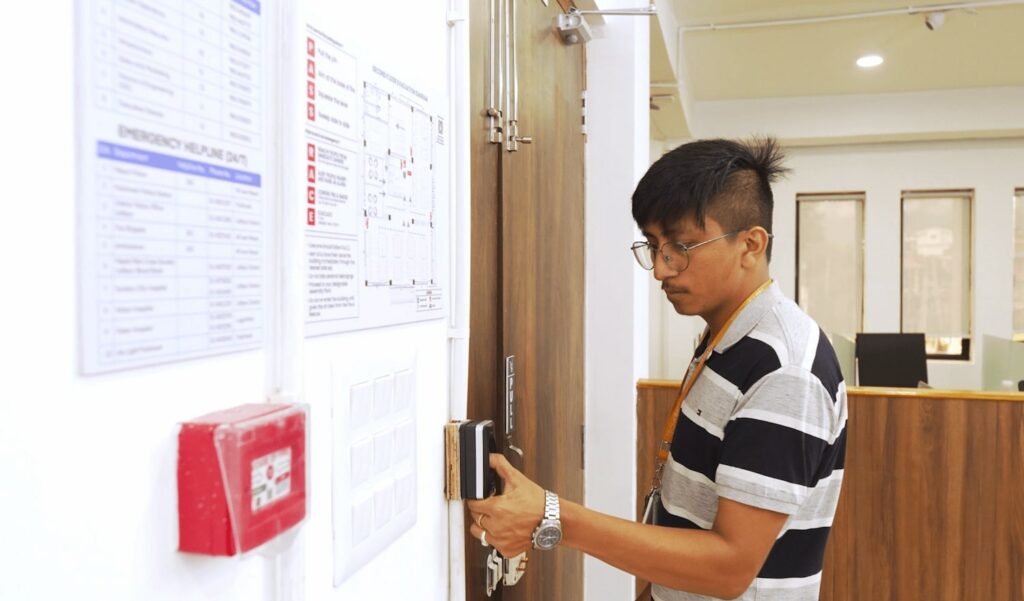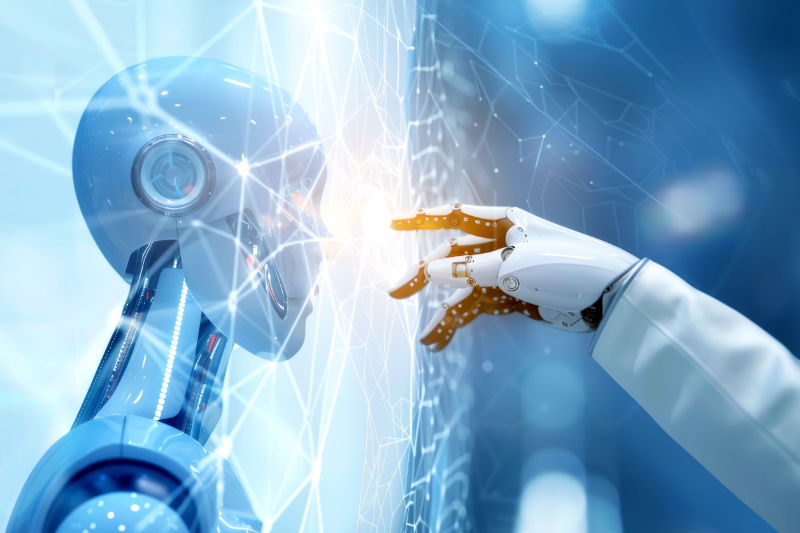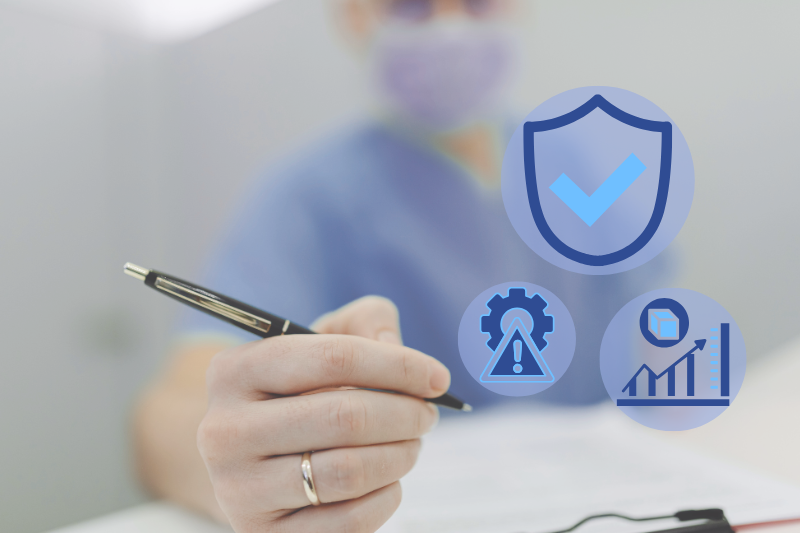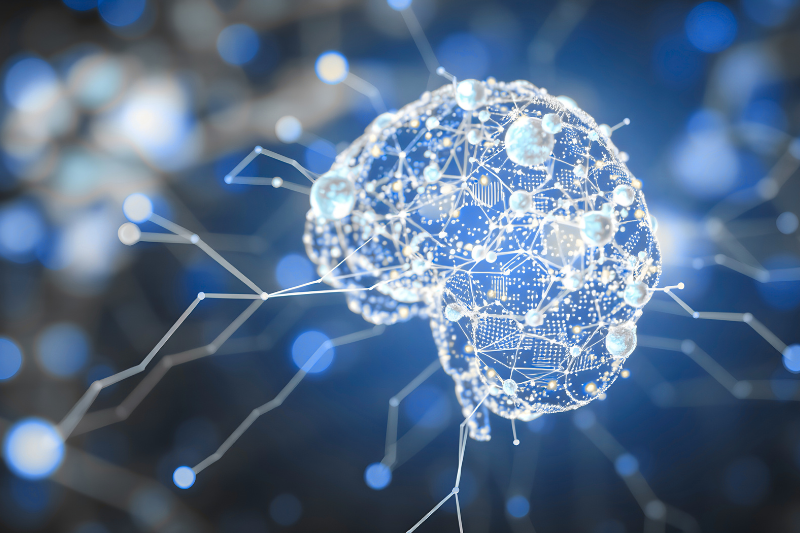A Comprehensive Guide to Cybersecurity Awareness
At home, outdoors, or at the office, we are constantly under threat of cyber-attacks. Security awareness is essential to avoid the loss of valuable data and damage or destruction of devices.
Undoubtedly, the Internet makes our lives easier but threats of spam, identity theft, invasion of privacy, and cyber espionage are also rampant online.
Our phones, laptops, organizational networks, and online profiles are all susceptible to such threats.
Minimizing these risks requires a comprehensive understanding of the threats around you and how you can avoid them.
Most Common Cyber Threats:
Viruses
A virus is a type of malware that attaches itself to a legitimate program or file, and then replicates itself when that program or file is executed.
Viruses can cause a wide range of problems, including system crashes and data loss. They can also be used to spread other types of malwares, like spyware or ransomware.
They can also cause problems like slow performance, increased network traffic, and unauthorized access to sensitive information.
Phishing
Phishing is a type of social engineering attack often used to steal user data, including login credentials and credit card numbers.
It occurs when an attacker, masquerading as a trusted source, gets a victim into opening an email, instant message, or attachments.
They use social engineering to trick their target into falling for the scam by offering incentives like limited time offers, a business opportunity, and so on, creating a sense of urgency.
The most common form of phishing is via emails that attempt to trick recipients into revealing sensitive information, clicking a malicious link, or downloading a virus-laden attachment.
Other forms of phishing could also be an imitation website that collects your personal information or a bogus phone call attempting to steal your network credentials.
Ransomware
Ransomware is a security threat that encrypts files in a user’s computer and then asks for a ransom to unencrypt them.
This attack is typically paired with phishing emails, that usually ask users to click on links or attachments that are designed to download a type of malicious software on a user’s computer, which can then lock up their files and display a message demanding payment for release.
Ransomware has been around since 1989, but it wasn’t until 2009 when bitcoin entered the scene and gave hackers an anonymous way to collect money that it gained popularity.
Public Wi-Fi Interception
With coffee shops, hotels, shopping malls, airports, and many other locations offering their customers free access to public Wi-Fi, it’s a convenient way to check your emails, catch up on social networking or surf the web when you’re out and about.
However, cybercriminals will often spy on public Wi-Fi networks and intercept data that is transferred across the link.
In this way, the criminal can access users’ banking credentials, account passwords and other valuable information.
Risks of Removable Media
Removable media like USB flash drives are useful in accessing personal or business data on the go.
However, the more their usage the more risks are associated with them.
Hackers can search for possible ways to install malware that are more difficult to detect.
Using these devices will increase the risk of data loss, and data exposure, and there is an increased chance of network-based attacks.
Each time that a removable media device is used, there is a possibility that a computer may become infected.
Removable media can be easily lost, resulting in the compromise of sensitive information stored in it.
Autorun can also be problematic when hackers abuse this feature by setting malicious programs to run automatically on removable media.
Physical Threats
Sometimes, in our quest to lock down our networks and avoid malware and viruses, it’s easy to forget about the physical world around us that can pose security threats.
Physical security flaws can put your personal information and the organizations’ sensitive data at risk just as much as a cyber-attack.
It is common to assume that a data breach only comes from something like malware, ransomware, or phishing email.
However, to a hacker, it really doesn’t matter how they get your info. For that reason, we should be aware of potential security risks in physical aspects such as tailgating and shoulder surfing.
Ways to Avoid Them:
Safe Web Browsing
Here are a few simple tips to help you stay safe while browsing the web:
- Use a secure web browser. Major web browsers like Chrome and Firefox regularly release automatic updates to fix vulnerabilities. By keeping your browser and any associated plugins or extensions up to date, you can ensure that your device has the most recent security version, preventing hackers from attacking it.
- Be cautious when clicking on links. Especially if you receive them in an email or message from someone you don’t know.
- Disable cookies and tracking settings in your browser.
- Be mindful of the personal information you share online.
- Use a VPN that will encrypt your internet connection and helps to protect your data from being seen by others on the same network.
- Use websites that start with “https” rather than “http.” This indicates that the website is using secure, encrypted connections, which can help to protect your information.
Avoid Public Wi-Fi.
Public Wi-Fi networks might not be secure, which means that any information you send over the network could potentially be intercepted by others if it’s a compromised network.
Here are some recommended tips of keeping your system secure on public Wi-Fi:
- Avoid accessing sensitive information, such as online banking or shopping, while using public Wi-Fi.
- Always turn off automatic connections.
- Enable 2 factor authentication – this way, even if a hacker obtains your username and password, they still won’t be able to access your accounts.
- Always remember to “forget network” after using public Wi-Fi.
- Don’t run financial transactions over public networks.
- Use your smartphone hotpots, which are a safe alternative.
Use a Strong Password
Passwords provide essential protection against unauthorized access to your computer and personal information. The stronger your password, the more protected your computer will be from hackers and malicious software. You should maintain strong passwords for all accounts on your computer.
Here are some tips to create secure passwords that are more resistant to attacks from hackers:
- Use a unique password for every account.
- Use a password manager to help generate and store unique, complex passwords for each of your accounts.
- Avoid obvious passwords like your birthday, social security number, or other sensitive information.
- Limit the number of personal details you share on social media sites. This might make it easier for someone to guess your password or security questions.
- Use a combination of letters, numbers, and symbols. A little creativity also helps!
- Use multi-factor authentication.
Removable Device Security
The best protection against any attack on removable media is to insert only trusted removable media into your computer. However, there are other preventive measures as well including the following:
- Install anti-malware/anti-virus software on your computer – this will actively scan for any viruses or malware when a removable media or device is connected
- Disable the auto-run and Autoplay features – these features will automatically be triggered when plugged into a USB port
- Implement access controls to protect the data on removable media by password protecting your removable media or device
- Implement physical security if necessary to prevent removable media from being used
- Remove sensitive data from removable media or device once you have finished transferring the data
- Make sure that all removable media and devices are encrypted – FileVault can be used for MacOS and BitLocker for Windows
Regularly Backup Data
Maintaining back up of data regularly in an isolated network prevents valuable data from being lost or destroyed. It is the most effective countermeasure against ransomware and other forms of destructive cyberattacks.
Information Security Tips for Remote Work
- Do not share work data and information with the home computer or personal devices. There is a risk that personal computers and mobile devices might not have the latest security updates for operating systems and browsers.
- Make sure your device has the latest applications, operating systems, network tools, and internal software installed. Have the IT/support team install malware protection and anti-spam software on laptops and computers.
- Create new and strong passwords for your laptop, corporate mobile device, and email.
- Use only approved cloud applications for sharing and storing data.
- Avoid storing or printing paper documents with sensitive information at home.
- Check legitimacy of links and attachments in emails, text messages, and social media chats.
We should continually seek and adopt best practices in security awareness to avoid falling victim to hackers. By understanding cyber threats and following appropriate security tips, we can be safe from the many threats in cyberspace.



